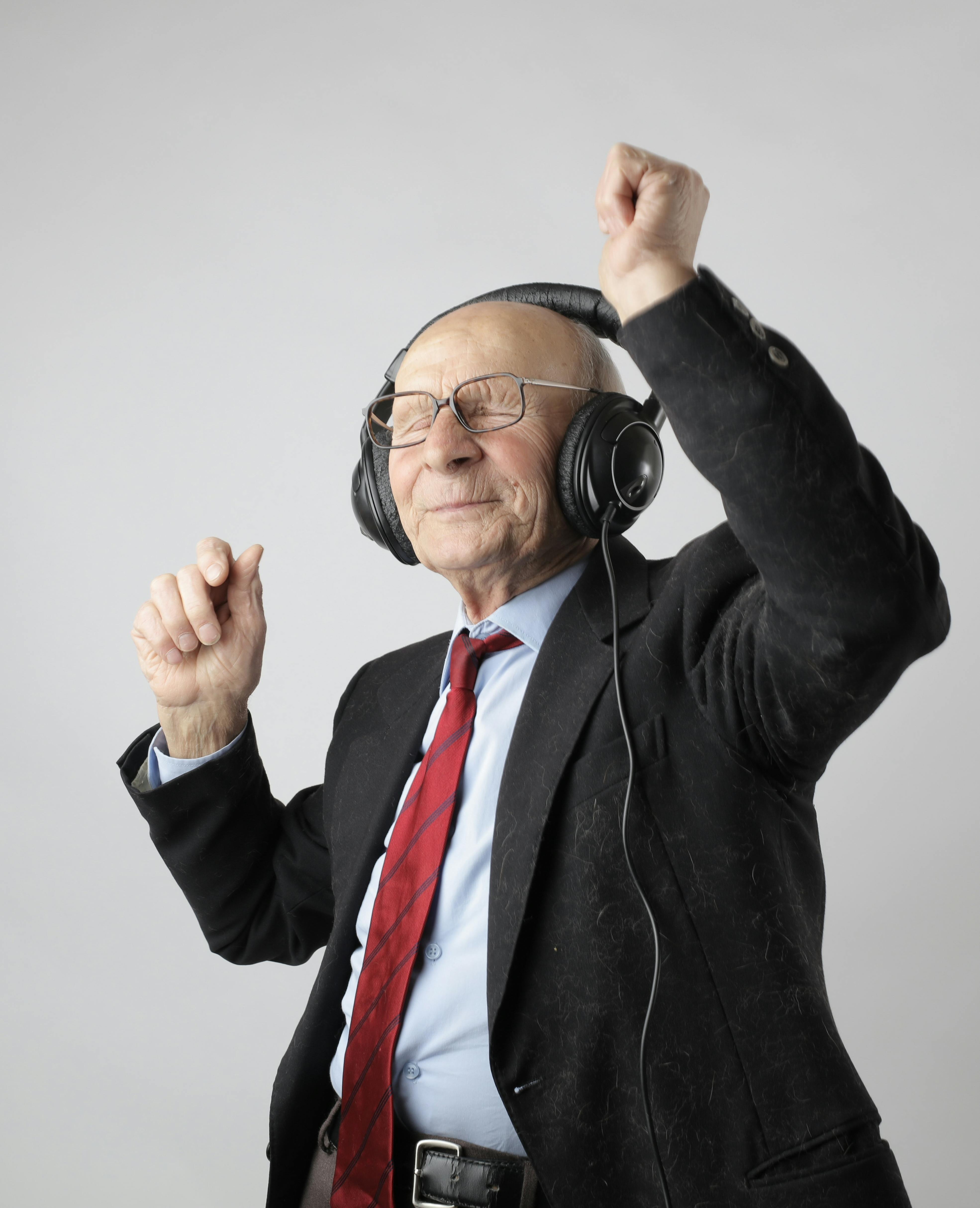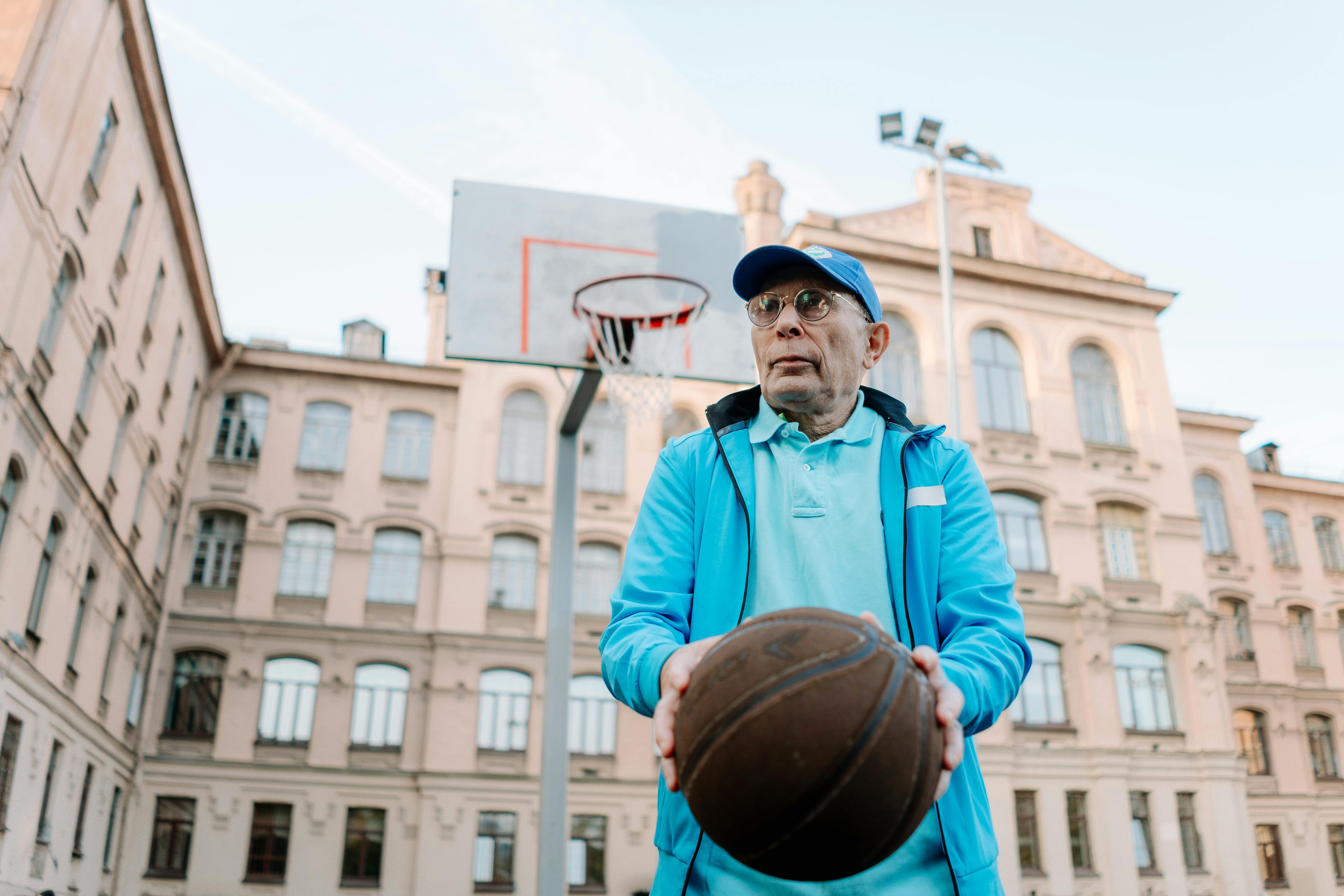Dementia Defense: 11 Daily Movement Habits That Protect Your Cognitive Function
3. Dance or Do Rhythmic Movement for Memory and Mood

There’s something magical about moving to a beat, and science agrees. Dance—whether it’s a formal class, a spontaneous boogie in your kitchen, or even gentle chair dancing—does more than uplift your spirits. Research shows that rhythmic movement improves not only your mood but also your memory, balance, and ability to process new information. Studies tracking older adults who engaged in dance found marked improvements in cognitive flexibility and social engagement. You don’t have to be a trained dancer. Moving to your favorite music, repeating simple steps, or following along with an online video can be just as effective. If standing is a challenge, adapt all movements for a seated position. Each rhythm, each sway, is a little nudge for your brain’s adaptability and joy.
4. Reduce Sedentary Time—Move More, Sit Less

It’s not just how much you move—it’s also how often you break from being still. Long periods of sitting are now linked with higher dementia risk, even in those who exercise regularly at other times. The new approach? Sprinkle gentle movement throughout your day. Researchers call these “movement snacks”—short bursts of activity, such as standing, stretching, or walking every 30 to 60 minutes. Not all movement has to be dramatic. Shift your position in a chair, roll your shoulders, tap your toes, or stand up for just a moment. If you’re able, add regular movement breaks with a timer or activity tracker as a reminder. Over time, this simple habit reduces brain fog and supports healthier blood flow—turning idle moments into opportunities for brain care.
